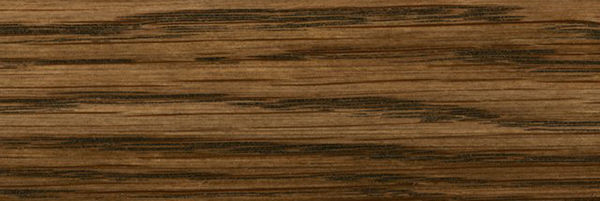Wood surface must be clean, dry and frost-free (moisture content max. 18%).
Osmo TopOil is ready to use. Do not thin. Stir well before use.
Clean old microporous stains thoroughly. Old paints and lacquers must be completely removed. As a general rule, wear a dust mask during sanding works.
Fill small cracks, larger joints or holes in wood (with Osmo Wood Filler).
Sand wood surfaces carefully. Begin with coarse sandpaper then progress to finer grades– final sanding work for furniture P150-240 (depending on wood species ). For kitchen work tops using absorbent hardwoods like Oak or Beech, final sanding grade P120. For very absorbent woods like Pine, sand to a maximum of P150.
For dark and extractive-rich woods (e.g. Iroko, Teak, Mahogany, Sapele, Wenge, Merbau, Jatoba, Cedar etc.), we recommend using Osmo Wood Wax Finish Clear Extra Thin. A trial application is recommended.
Before oiling the surface, remove sanding dust with a soft brush or vacuum cleaner.
The finished surface is influenced by several factors, including the condition of the wood. Therefore, a trial application is always required, especially for unfamiliar surfaces.
Apply the first coat thinly along the wood grain with an Osmo Microfibre Roller, Flat Brush or Oil Finish Applicator Fleece.
Allow to dry for approx. 8-10 hours. Ventilate well while drying.
Apply the second coat with an Osmo Oil Finish Applicator Fleece or a lint-free cloth. Avoid covering during drying and curing. After 2-3 weeks, the surface is fully cured.
For renovations, one coat applied to the clean and dry surface with an Oil Finish Applicator Fleece or lint-free cloth is usually sufficient.
TopOil 3028 and TopOil 3058 Clear enhances the tone of wood (permanent wet effect). TopOil 3068 Natural is slightly white tinted and counteracts exactly this effect. If applied correctly, 3068 Natural protects wood nearly invisibly and the natural colour tone of wood is preserved. TopOil 3068 Natural is visible as a slightly white chalky surface on dark/reddish wood species. Applying excess TopOil 3068 may lead to a white chalky surface. Remove visible white pigments before allowing the surface to dry.
Transparent TopOils (e.g. 3061 Acacia) are lightly pigmented, which give the wood an elegant look.
Applying the product too generously and insufficient ventilation lead to delays in drying time. For cabinet interiors and drawers, apply max. one coat thinly with a cloth. Allow for good ventilation while drying.
If a higher gloss level is desired, after thoroughly drying apply Osmo Liquid Wax Cleaner (also available as Spray) thinly and polish when dry.
Wood surfaces treated with TopOil are easy to clean.
Add Osmo Wash and Care concentrate to mop water and clean the surface with a damp (not wet!) cloth.
Use Osmo Liquid Wax Cleaner to remove tough stains, which cleans and regenerates the surface at the same time.
Using general or multi-purpose cleaners will increase the frequency of maintenance and recoating. Allow finish to fully cure before heavy usage.
Regular Cleaning: Dust mopping. Damp mopping using Osmo Spray-Cleaner.
Occasional Maintenance: Intensive cleaning and refreshing using Osmo Liquid Wax Cleaner or Osmo Maintenance Oil.
Recoating: Simply re-apply one coat of TopOil onto the clean and dry surface when signs of wear become visible.


















